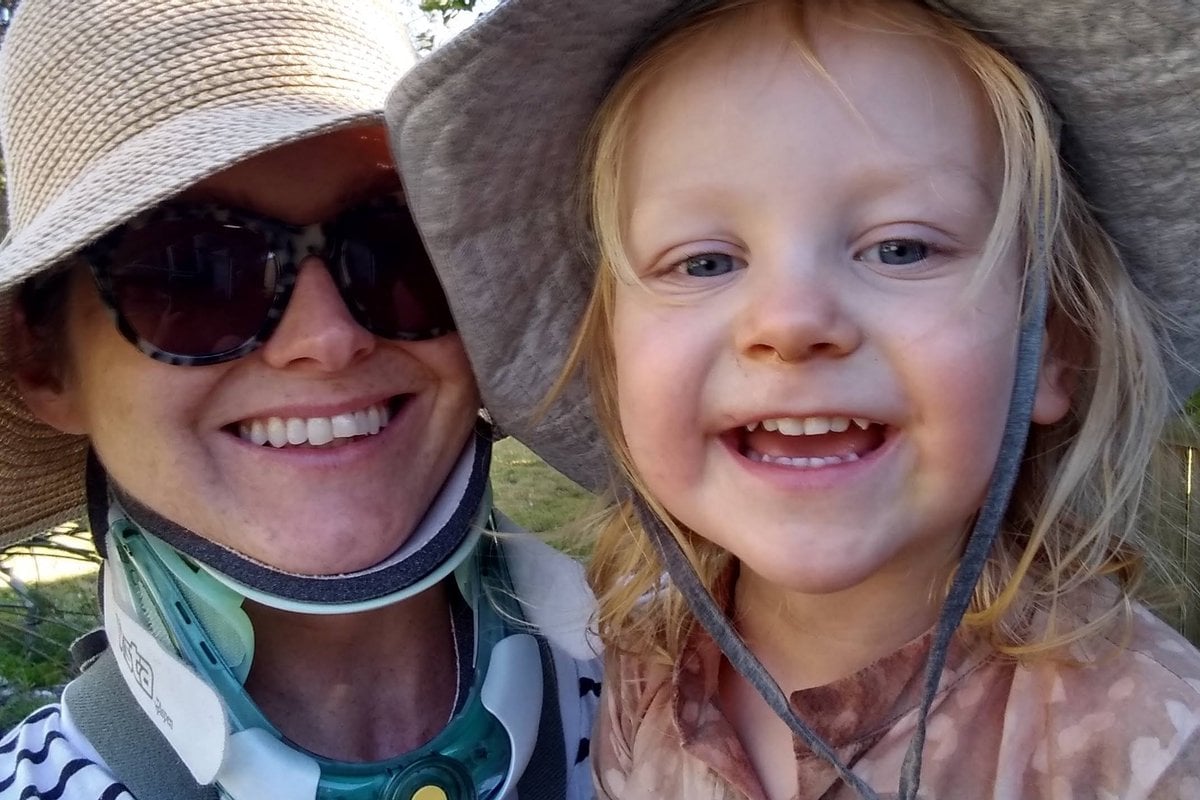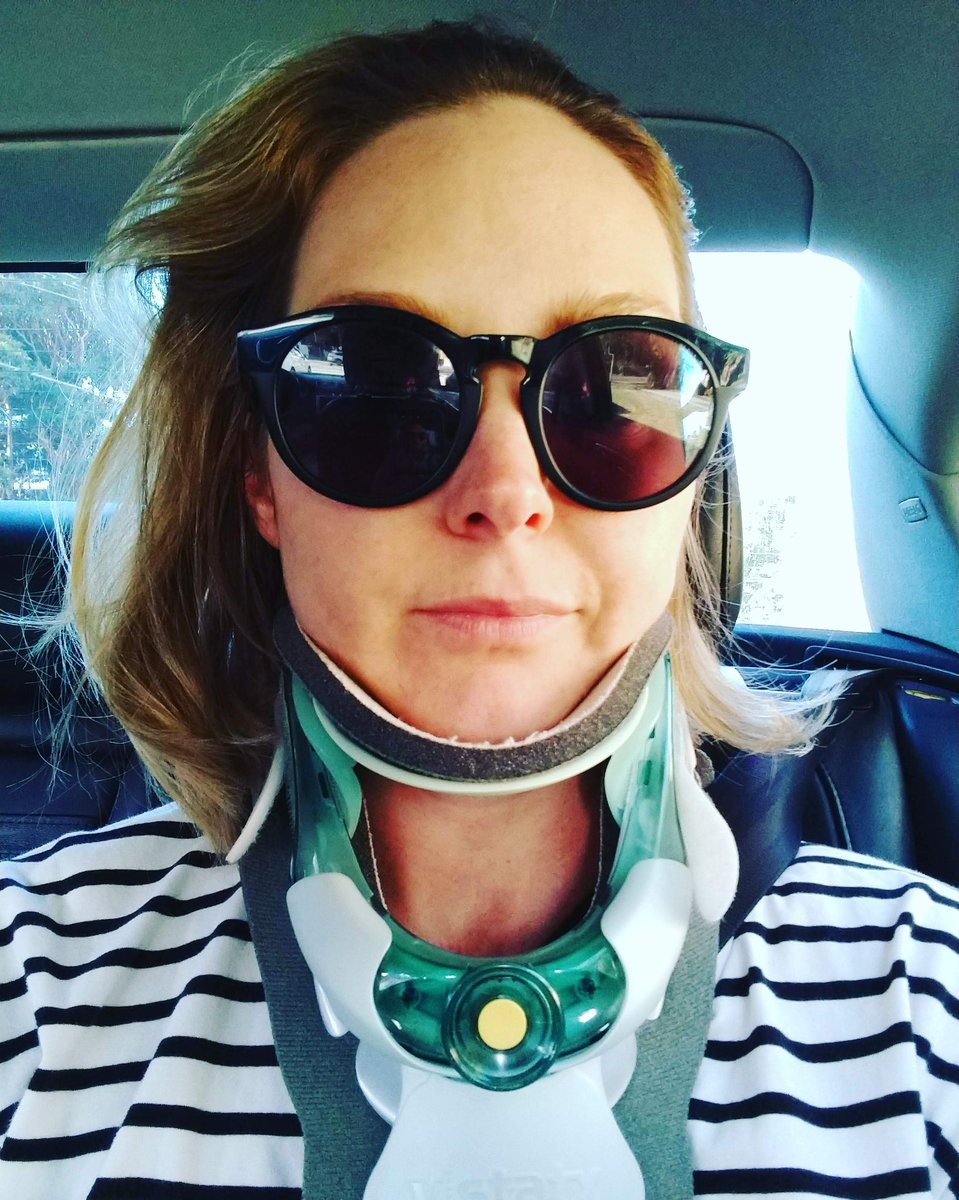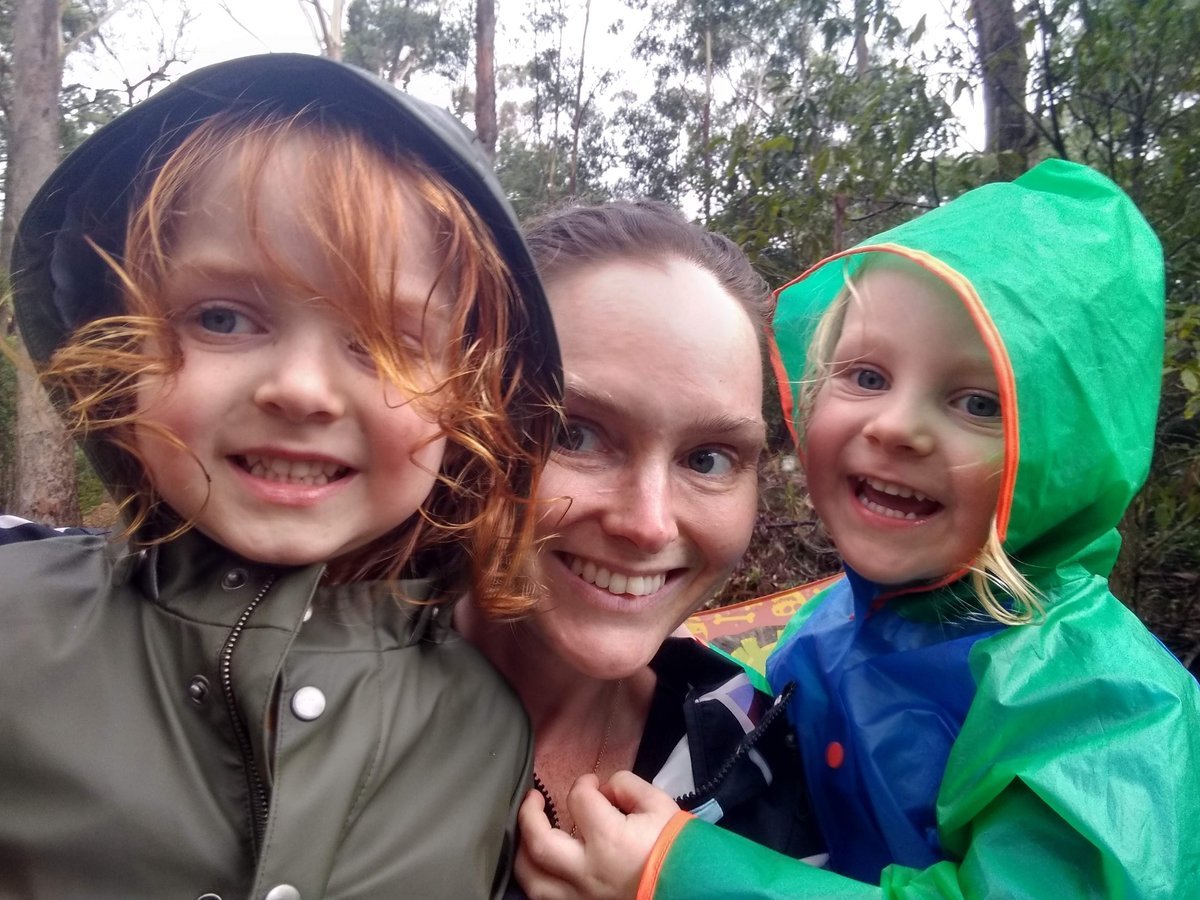
I live with chronic pain. I live with the heritable Connective Tissue Disorder, Ehlers-Danlos Syndrome, or EDS for short.
I had quite the diagnostic odyssey to get to this point – the point of knowing what the heck is and has been wrong with me my entire life. It took 17 years from the ramping up of my symptoms around puberty to get here.
An EDS diagnosis means that the connective tissue throughout my body is faulty. It is fragile and easily injures.
Watch: Chronic pain, explained. Post continues below.
My joints are extremely lax and prone to subluxation, strains, and tears. The real problem with EDS is that connective tissue is right throughout the body. This means that any and every organ system can be affected. It truly is a multisystemic condition.
I am a pharmacist, although I no longer work in a traditional sense as a pharmacist. I once was also a long-haul flight attendant and a real estate agent and I still am; a mother, wife, daughter, sister, friend, and aunty.
But I am now also a rare disease and chronic pain patient, and perhaps most importantly; an advocate.
You might be wondering what it means to say, 'I live with daily chronic pain.'



